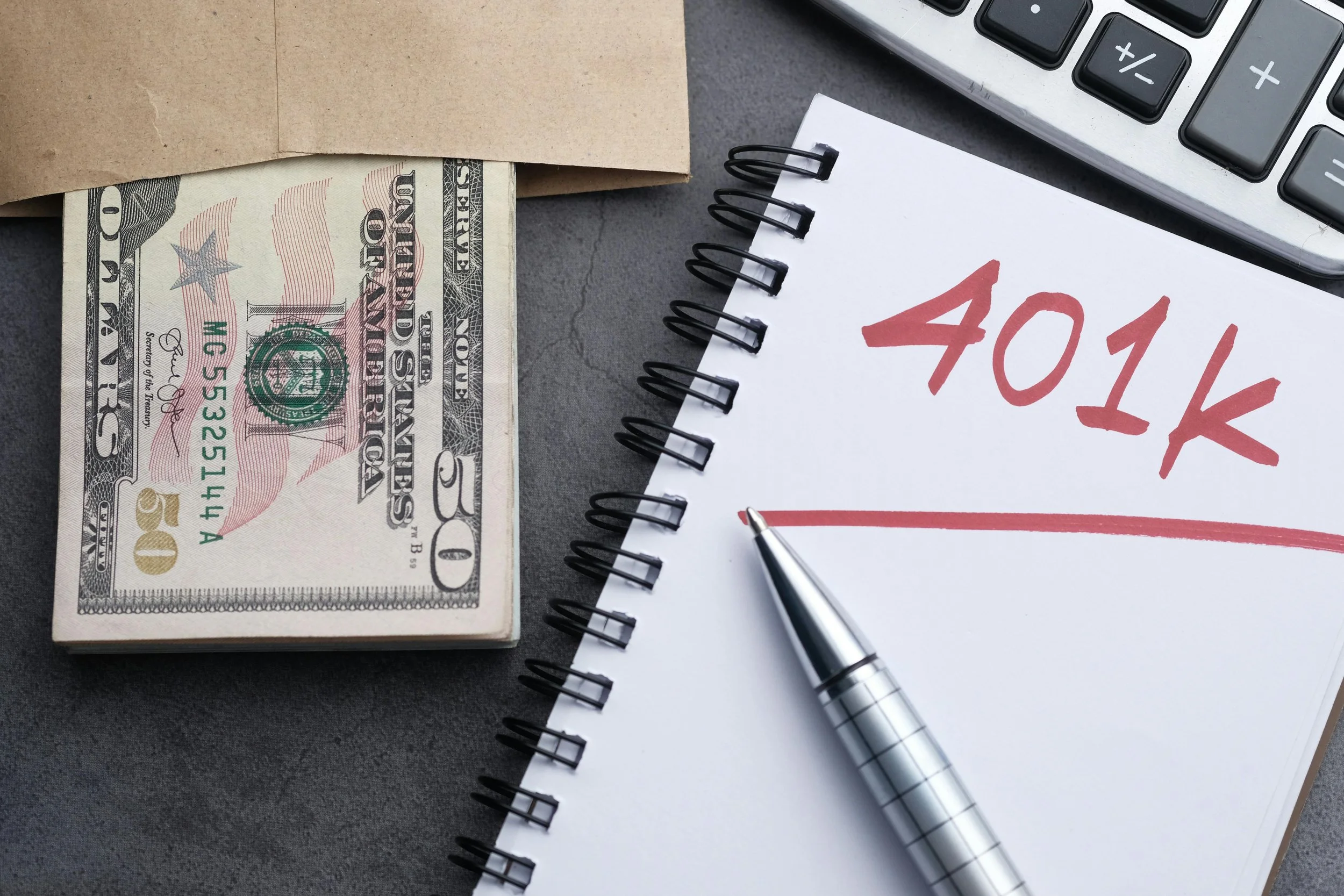With interest rate cuts delayed, experts offer tips on how to maximize your 401(k)
With inflation picking up again and highly anticipated Federal Reserve interest rate cuts delayed, it may be a good time for Americans to tweak their investment and retirement portfolios, financial advisers say.
While U.S. rate cuts are on hold, the European Central Bank suggested last week that its first rate cut could come in June. Though Europe’s economy is anemic compared to the U.S., those rate cuts could ignite more stock market growth that would benefit investors, advisers say. On the flip side, high U.S. rates could make U.S. fixed income a better investment.
“It’s an excellent time to buy U.S. bonds with yields near the highest levels since October 2023,” said James Sahagian, managing director of Ramapo Wealth Advisors at Steward Partners. “I also think it’s worthwhile to diversify outside of the U.S.”
Europe’s stock market is already on the rise
The Eurostoxx 50, comprised of European blue-chip stocks, is outperforming its U.S. counterpart, the Dow Jones Industrial Average. As of Tuesday, Eurostoxx 50’s one-year return is 15.77% and its year-to-date gain is 8.75%, according to Bloomberg. That compares to the Dow’s 13.91% and 0.29%, respectively.
“In Europe, their economy’s starting to expand a little and (the ECB) can aid that by reducing rates a little,” said Derek Miser, investment adviser and chief executive at Miser Wealth Partners.
Europe has room to lower rates because “unlike in the United States, there is little evidence of overheating” to resurrect inflation, wrote Pierre-Olivier Gourinchas, economic counsellor and director of research at the International Monetary Fund in a blog post about the IMF’s World Economic Outlook report released Tuesday.
The IMF also predicts Europe’s economy will expand, registering 1.5% growth by 2025, but U.S. growth will gradually slow to 1.9%.
How do lower rates help the economy?
Central banks often lower interest rates to jumpstart lackluster economies, as long as inflation is contained. Lower rates mean lower borrowing costs, encouraging people to spend and companies to invest. That, in turn, boosts corporate profits, production, output and the overall economy.
The opposite is true if central banks raise rates. Higher rates increase borrowing costs, discouraging spending and investing to slow down a hot economy and inflation. They also encourage saving because people can earn a higher return on their money.
Valuations
After a string of record highs for U.S. stocks, some financial advisers see the market as overextended compared with European stocks.
“European companies are considerably more attractive based on valuations,” Sahagian said. “That merits more consideration.”
At the end of March, Europe’s STOXX 600 index traded at about 15 times its one-year forward price-to-earnings ratio, while its U.S. counterpart the S&P 500 index traded at 26 times, according to LSEG data. A lower price-to-earnings multiple indicates a more attractive investment opportunity.
Bank of America’s global fund manager survey last month showed the largest allocation increase to European Union stocks since June 2020.
Stick with US Treasuries
If U.S. rates are going to stay higher for longer now, investors should keep their Treasuries, which are yielding around 5%, advisers said.
It will also add some stability to your portfolio because it’s steady income, Miser said.
What should my 401(k) look like if I take these steps?
Your allocation of stocks and bonds should always depend on your risk tolerance and how close you are to retirement, advisers say. The higher your risk tolerance or further away from retirement, the heavier the equity weighting, they say.
After you’ve decided your stock and bond allocation, you might consider taking 20% of whatever your equity position is and allocate it to a global investment fund, Miser said.
In the fixed-income portion of your portfolio, Sahagian likes the “barbell,” which means investing in short-term and long-term bonds. You gain from the high short-term interest rates while also locking in some decent long-term returns in case rates begin to fall.
Miser likes 40% in two- to five-year notes, 30% in 5- to 10-years and then the rest in 30-year bonds. The varying maturities give you the flexibility to reinvest money at various times and in various ways, including buying new Treasuries.
But with all retirement investments, consumers should consider what stage they are in life and what their goals and risk tolerance are before making moves, advisers said.

